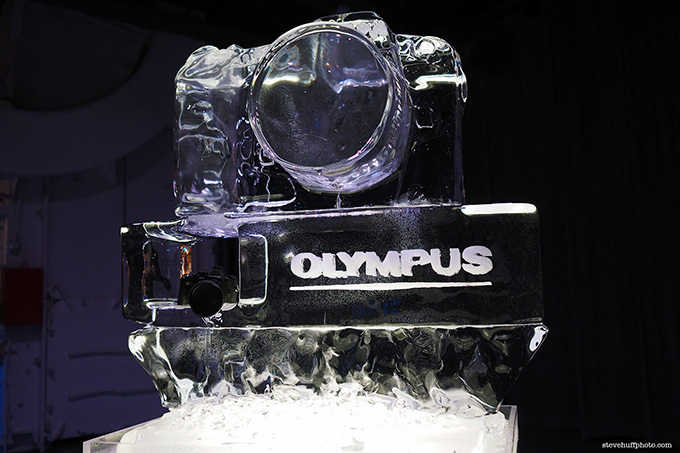
Amazing photos with the new Olympus OM-D E-M1! By Edmond Terakopian
A reader, Edmond Terakopian was at an Olympus Event where he was able to REALLY use the camera. He shot photo and video and WOW, the results are spectacular! Check out his video shot with the E-M1 below followed by his photos shot with the camera. These are some gorgeous looking images that not only shows what the new E-M1 can do, but also what Edmond can do! Thanks Edmond!
BTW, I was invited by Olympus to attend a 3 day event at Castle Leslie in Ireland, where Edmond shot these images. Seems they are really going out in a big way to show what this guy can do! My event time is near the end of the month. Looks gorgeous!
You can see all of Edmonds E-M1 photos at his Flickr HERE
His blog is HERE
His site is HERE
Photos shot with the E-M1 by Edmond – More on his FLICKR page
All images copyright Edmond Terakopian
Of course you can nab the E-M1 (ships in about 3 – 3 1/2 weeks) at Amazon, B&H Photo or PopFlash.com

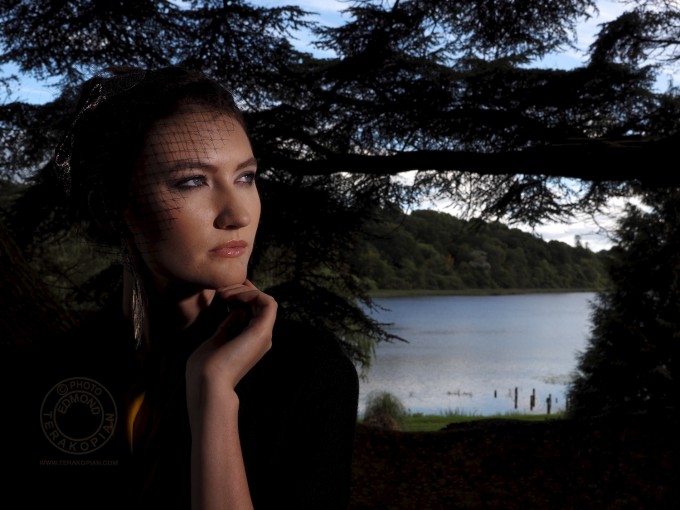
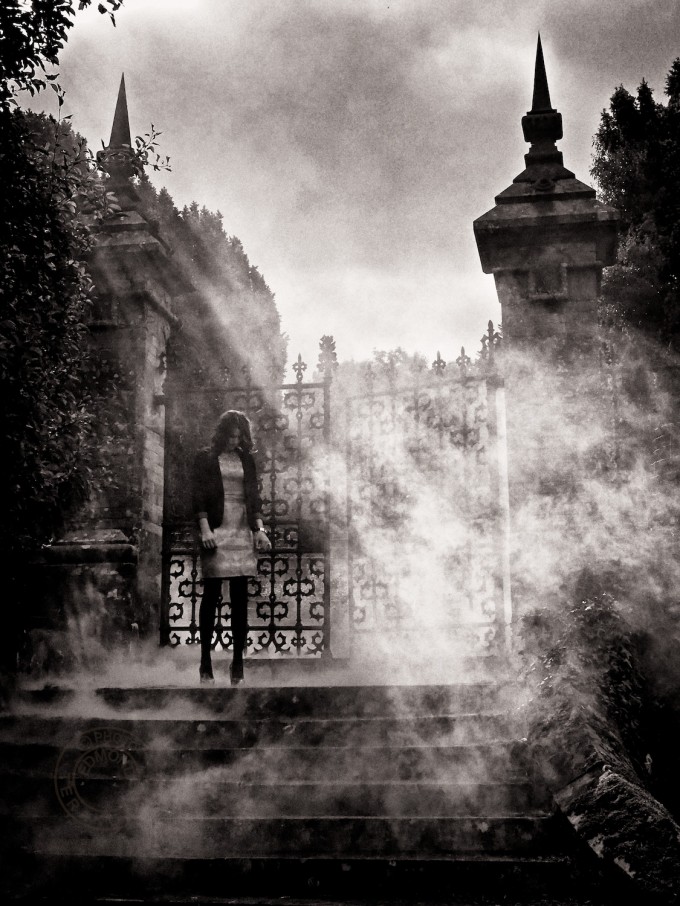
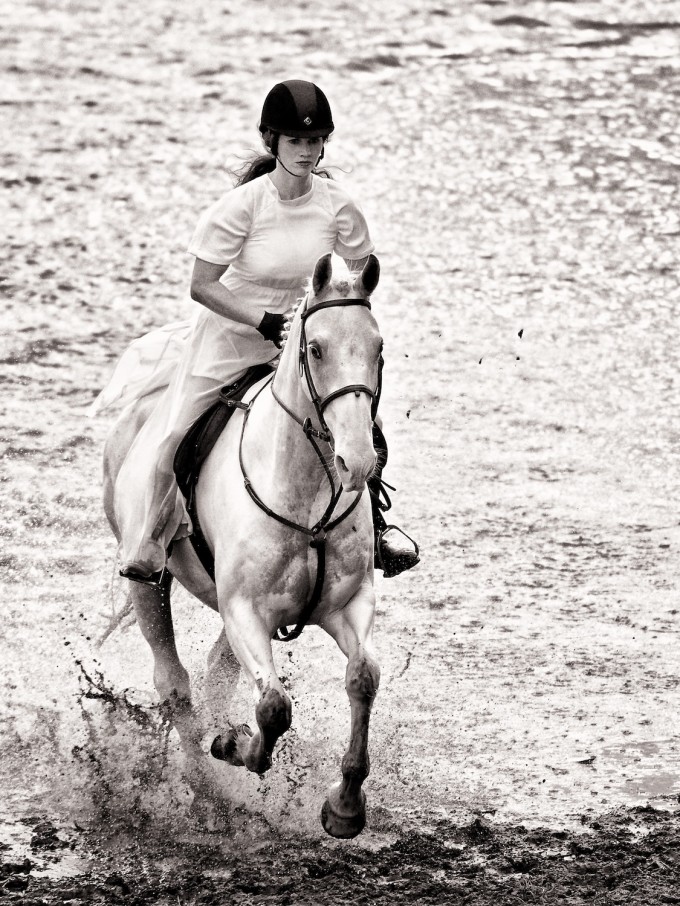
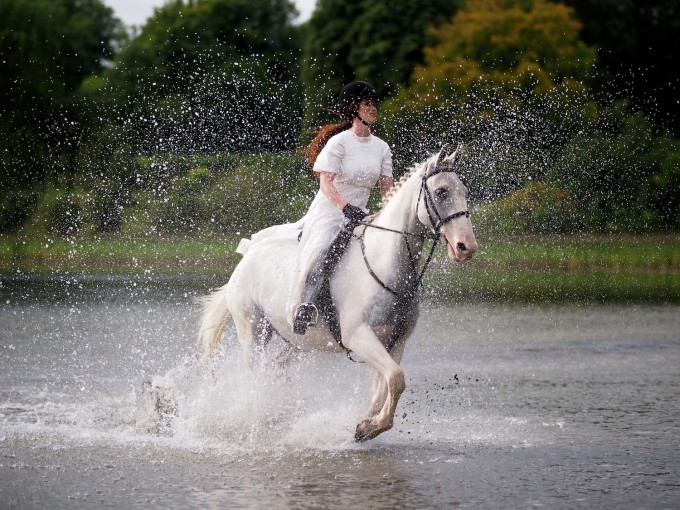
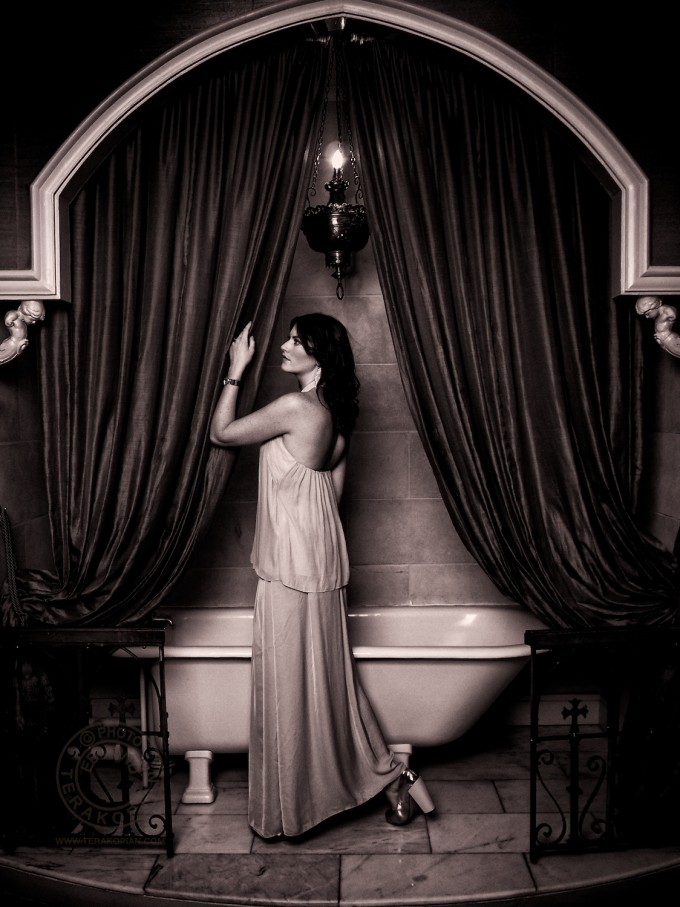
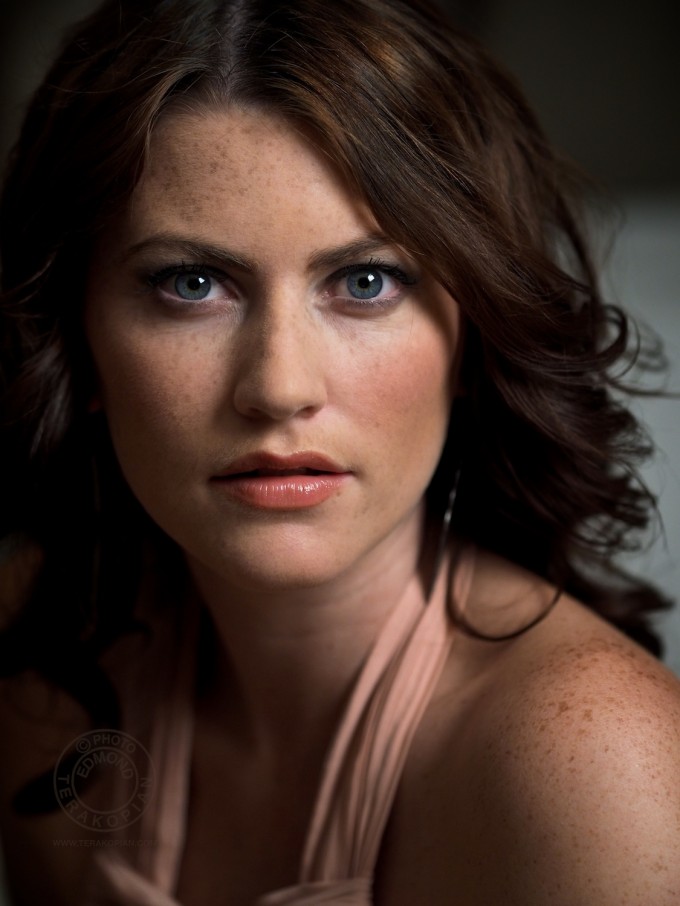

Wonderful photo collection .
Ah, I read Robin’s C-focus test and that is a nice to have (not for me since I use MF all the time) but it will sure help in persuading the odd sportsshooter on the back of motorbike freezing his cahones off on the downslope of the Stelvio pass in the Italian “springtime”, wether his frostbitten hands could still hold a 35-100 + EM-1 instead of his D800 + 70-200 where Johnny Hogerland just dropped over (if there’s something to drop over Johnny usually finds it), because he dropped it.
Greets, Ed.
If you go on the Stelvio pass in summer (July), you can find a pleasureable 7° Celsius (44,6° F) and sunny weather, so you will have no fear of freezing even an old P&S camera like the Canon Powershot that I used… 😉
(BTW I have an E-M5 and for me is the best thing after bread and butter…)
From what I saw on these samples and my personal preference says sometime the camera produced a bit ‘flat look’ images, especially for far objects and when applied some filter on it. Does anyone see it?
He did a lot in B and W which on any camera does have a flatter look..the color pics seemed ok though but I wonder if he shoot with the SHG 4/3 rd lenses such as the 14-35 2.0 or 35-100 2.0 the contrast would of been a shade better and would added more depth…….
Have you seen the shadow areas on girl’s cheek ( photo#1) seems so flat, banding and breaking color on it, even on her hand’s palm, also we are losing details on white horse’s body (photo#4), what do you think?
I think we’re very much looking at post-processing issues or conversion issues for web-presentation a this point.
Splendid pictures btw Edmond!!! I love the one with the woman on the steps of the church … such a visceral feeling and such excellent use of the light. 🙂
This is such a useless conversation. To be sure, this is going to be an awesome offering from Oly/Sony in the MFT line. Right now, I shoot the OM-D E-M5 besides yes, Leica M, MM, and M6 with absolute top-of-the-line Leica glass (old & new). I’ve never had one shot on the E-M5 where I said crap! I wish I had my Leica kit instead of the E-M5. As others here have mentioned, it has absolutely nothing to do with the camera — I’ve seen iPhone 5 photos that blow away FF cameras — it’s all about the artist and how he (or) she uses their preferred kit. Good artist = good pictures. Super camera, crappy artist = terrible pictures. To criticize Oly’s latest offering is a waste of time. If it doesn’t suit your needs, then keep your money in your bank account and find another kit. 🙂
Edmond… Did you take any pics with some SHG glass like 35-100 2.0 or 14-35 2.0 and if so did you give us your impressions..Thanks John
Rabid. Allright. A few simple points.
1 Small is not always better from an ergonomical point of view; cameras like this one (not all that light anymore with a reasonale lens) are just too small for me to hold and handle comfortably. I don’t think I’m unique.
2 Image quality is really really good; no quarrel there, as long as you leave DoF control out of the equation (no changing the law of physics I’m afraid).
3 A full frame sensor will, ALL OTHERS FACTORS BEING EQUAL, always deliver better image quality.
4 Some people don’t care for an EVF; they prefer looking through a really big and bright viewfinder; rangefinder or slr.
5 Then again, shoot with what you like, and enjoy it!
I can’t and won’t afford more than one digital camera, which happens to be the D800; a manageable beast. I like my 70’s/80’s Nikon and Contax slr’s maybe even more… 😉
1. The only negative comment I have heard is that the pinky finger has to sit under the camera otherwise ergonomics is good.
4. Do some research on the EVF. I think you will find the EM-1 is up there for brightness and size
Exactly right. I have posted a mountain of comparisons over the years between APS-C and FF. Even the most rabid FF fanboys get it wrong. As to some of the wedding photography comments….I see a lot more small cameras of APS-C and m4/3 being used now than ever before. I sold all my Nikon gear and went with the Fuji X-Pro1. I have yet to have anyone notice a difference. I have though….the Fuji requires less post work to get great color.
Hi Steve,
Great post on the new Olympus. Looks like they’re really serious about MFT cameras, unlike the ‘big’ players. They are quite like Sony in a lot of ways, they’re not afraid of ditching the old thinking and embracing everything that new tech can offer. The results are spectacular.
I was an Olympus film shooter ages ago, had OM1 & OM4 – they were astonishingly good cameras, beautifully designed and a joy to use, looks like Olympus have re-discovered the spirit of Maitaini.
Interesting location for the Olympus event, nice place to shoot – man I wish I had an invite to that one!
I’s not far from where I live, so if you’re anywhere near the Belfast area (and have the time) I’d be happy to meet up, owe you at least some beer/coffee for all your excellent advice!
Expect you’re on a tight schedule though, but hey – you never know ツ
When you can`t attack the technical merits of a photo that was shot exactly for proving that point, fanboys have to criticize the composition aspect. Would be funny if it wasn’t sad.
Steve, may I just say: enjoy your time in Ireland! Looking forward for the results! 🙂
Beautiful shots, Edmond! BTW, do you mind sharing with us if you used C-AF or S-AF on the horseback riding shots?
Thanks 🙂 C-AF. If you look at the set on Flickr via the link Steve has kindly published above, you can get more details as the images are fully captioned.
Amazing detail in the equestrian shots – – – both horse and rider.
Anyone else think the helmet in these pics is hilarious? I mean they go through trouble of setting up this beautiful shoot with the white horse, castle, and model in that costume (?), and then she’s wearing a helmet.
It’s hilarious right up to the point at which you fall off the horse and get brain damage because you weren’t wearing a riding hat (it’s not called a helmet, by the way). That’s just the crazy way we roll in Europe….
…and boots, and gloves; but your are being frivolous, there are mores serious issues at stake here.
whos’s been smoking outside the gate? what were they smoking? shouldn’t she have had a bath before she got dressed up for dinner?
Why is she wearing a helmut? Same reason motorcyclists do.
yes, I think we get that, and we are being a little silly. The point is that however technically good they are, the compositions are a little er…….. contrived, in some photos, for my taste
Thank you, damoo. I think you get the silliness with which I intended my comment, but also to point out the silliness in the “contrived” scenery. I think its funny that people seem offended by my comment. I am not knocking the photographer or the camera in use. I think I am actually knocking Olympus and society as a whole, in that we have to be so careful now days that we don’t do anything even remotely dangerous so we don’t get ourselves sued. Why go through the trouble of making these “contrived” scenes only to ruin them with a “riding hat”, boots and gloves. They look totally out of place and completely ruins the magical scene that was trying to be created. And to those who responded with sarcastic remarks about getting hurt riding a horse: Do you really think she was doing any serious horse riding for the shoot? I’m pretty sure she could have gotten by just fine without the helmet, err excuse me, riding hat, and not been in any serious danger of brain damage. Any now I’m wondering how we ever have pictures of people on horses without riding hats on. Those daredevils!
I’m kind of tired of seeing photos of models posing with swords and guns and guitars they don’t know how to hold, or posing on a motorcycle with very impractical clothing, so it’s refreshing to see a model, you know, actually riding a horse.
Time for Olympus to give us a FF OM digital, that would then set a precedent just like the original OM-1 did in the early 70’s , and if they could squeeze it into the same size body and be able to use the original glass even better, then I’d be there like a flash and I could ditch my canon DSLR.
As for the images, some interesting shots, does this mean that the original OM-D will drop in price?
Unfortunately that is not going to happen. Oly is already struggling to be profitable from the huge investments into m4/3s they’ve already made.
They’re shooting on all cylinders to squeeze the utmost out of this format in the hopes that more people will consider it a viable alternative to bulkier systems.
And quality-wise they’re really getting somewhere — slowly but surely. But the job of convincing the camera buying masses is only beginning.
They’d be crazy to open up a second front, and all of a sudden start saying, you know what, it’s actually worth carrying around all that larger, heavier glass to get FF quality, after all.
Even if they were that audacious, they’d then have to start from scratch building a worthy line-up of lenses to match. Massive, massive investment of man hours and money!
Sony may possibly have the budget to attempt something as daring as that; not Olympus, at least not at this time.
A _lot_ of NEX users wish Sony would just concentrate on building a decent line-up of lenses for the APS-C NEX; there are a lot of gaps in that lineup.
And therein may be why Olympus have painted themselves into a corner with M4/3 — they’re heavily invested in a format that cannot survive the long haul, IMO. Not with APS-C and FF sensors similarly improving in quality and being placed in smaller & smaller cameras.
Subsequently, I suspect it will be increasingly hard as time goes on for Oly/Pan to make the case for the M4/3 format.
Which is sort of a pity, because the OM-D EM-1 looks stellar in every other way … with some truly mouthwatering features that the big guys don’t offer.
Personally, I think it’s just a matter of time before Olympus is forced to move to larger sensors, or concede their camera operation. The smartphone is eroding the compact market underneath, while FF and APS-C mirrorless cameras are going to eat into M4/3 sales eventually from above.
” a format that cannot survive the long haul, IMO. Not with APS-C and FF sensors similarly improving in quality and being placed in smaller & smaller cameras.”
Like Canon and Nikon have done with their pseudo-mirrorless offerings?
Please. This shows EXACTKY the opposite: CaNikon will continue to make FF cameras, the more serious pro-like of the mirrorless offering will remain playing field of Olympus and Panasonic, the rangefinder-like high quality cameras from Fuji etc. Everybody wins, even the consumer!
“Like Canon and Nikon have done with their pseudo-mirrorless offerings?
Please. This shows EXACTKY the opposite…” You know he is not only talking about Nikon and Canon right? and he is talking about the m4/3 format not the “mirrorless” factor. Take a look at Sony NEX, Samsung NX, and Fuji X series, they are all APS-C mirrorless cameras that are even expected to develop a FF mirrorless soon. So what he meant is, with all the developments in APS-C and FF “MIRRORLESS”, m4/3 might become difficult to keep up unless they really do something more.
I personally see a future for m4/3 but i concede that it is not very stable. Just think about it, what if Sony, fuji, or samsung is able to make an aps-c or ff sized sensor camera with similar features as the OMD?
what would be the point of m4/3? flexibility in terms of adapted lenses? the size of the lenses? what more? are these enough to justify the system? its quite scary to think about as I myself an m4/3 user, but anything can happen.
I agree. I don’t get the whole DSLR vs MFT thing as to me they are two completely different tools. I love my D800 and 14-24 for landscape, astro photography, and timelapses. I love my EM5 for travelling, street photography, and casual family shots. I wouldn’t shoot an eight hour night timelapse with my EM5 and 25 1.4 nor would I use my D800 and 24-70 for shooting a family bbq.
tony, you are totally right i do something similar but with canon, and also have the em-5, cant understand this idiocy of comparing ff and m43, all the time, unless is people with an agenda to troll.
These photos are nice enough, and taken by a photographer with a good esthetic eye.
But as C Almqvist pointed out, these little web jpgs could have been taken with almost any camera.
I also agree that Robin Wong’s samples are pretty impressive. He seems to have the knack for getting compact web jpgs to look perfectly crisp with luscious colour and tone.
I don’t know if I should blame the way my screen is set up (very high res. lcd, but down-sampled so things are legible), but that web video does not look good to me at all. It looks highly compressed, and badly exposed — like cell phone footage, to be honest.
I feel quite sure that the EM-1 is capable of better than that.
Did he use olympus glass?
Yes, all images were with 4/3 and M4/3 Olympus lenses If you look at the set on Flickr via the link Steve has kindly published above, you can get more details as the images are fully captioned.
Just remember, “It’s not the wand, it’s the magician”
That’s what SHE said.
Fantastic!
The video is nice smooth and artistic, but the completely blown out highlights are VERY disappointing in my opinion.
The first image (portrait of a lady) shows some serious out-of-gamut (or out-of-data) areas – in particular in the shadows on her face. Just pushed a little too far I guess.
The rest of the photos are really nice – in particular the last ones (incredible skin tones).
The which in the what now? Looking forward to the full review on this new beast.
What is amazing about these photos?
How can anybody judge the quality of the camera and lens from these 365 kb 1125×1500 pictures?
There is always one 🙂 This is just some of the 1st samples from the new camera. Nothing more, nothing less. So many in the past have said Micro 4/3 were toy cameras or not capable. Just another post showing that this is indeed not true. Micro 4/3 hangs with APS-C EASILY.
“Micro 4/3 hangs with APS-C EASILY.”
Not sure I’d go quite THAT far.
I’ve seen image comparisons between the OM-D EM-5 and the X-Pro 1 (one example here >> http://i2.minus.com/igOc5QWXHZSII.jpg), and while the Olympus hung in there up to ISO 800, the XP1 begins to pull ahead at 1600, and by 6400 there’s a very clear difference between them.
A more interesting comparison might be between the OM-D EM-1 and the D7100 … particularly with regard to tonal gradation, dynamic range, and noise levels at high ISOs.
It’s worth remembering that any improvements that we see in small sensors are going to be adopted in the larger sensors, too. So the quality gulf between smaller and larger sensors will always remain.
That being said, I’m not going to beat up on the EM-1. Damn thing is calling to me… 😉
And yet up until the 70D (which hasn’t really been tested yet) the best Micro 4/3 sensors handily beat any Canon APS-C. But you hardly ever heard anyone say “Canon APS-C can’t quite keep up with Sony/Nikon APS-C.”
At these sizes, the differences between APS-C and 4/3 are marginal, compared to the difference between these formats and full-frame 135.
If you crop the “wings” off the sides a Canon APS-C sensor, you basically get something that’s really not that much bigger than a 4/3 sensor. Make a 16×20 or a 30×40 print, and your size advantage disappears almost entirely.
Further to that, 4/3 is about the only size with a published imaging area spec on their sensor. The sensor is actually 18×13.5; the oft-quoted 17.3×13 size is minus the non-imaging area. Oh wait, none of the APS-C sensors quote their non-imaging areas, making the size difference seem even greater (multiplying that difference in two dimensions).
Image wise yes, but the depth of field qualities cant match up. An APS sensor can more closely match the look of FF.
Sorry, but I think not. Take a look at photos shot with an E-M5 and a Canon 1100D, then compare both with a FF. The aps-c sensor is marginally bigger, but can’t do even marginally better pictures.
(If I may, Steve) I think that Steve wanted to say, that these are just ‘appetisers’ for what is about to come down on us 🙂
It aint the camera fellas, this boy could probably shoot beast like shots through a pinhole cereal box. Hahah great images.
🙂
All cameras today are just getting so good picking a choice becomes more about how you like to shoot. Cameras and lenses are so good even some chipmunks can score high. I just picked up a Ricoh GR and for a point and shoot it evokes drama. Beautiful crisp color laden shots. A no brainer. If I had photo brains I am sure I could even make the outcomes better.
Whoa..horsey…these look GREAT!!!!! Who needs a fullframe…right?????
WOW!
These are beautiful photos, but what about the E-M1 makes these unique? Couldn’t they have been taken with any other digital camera made after 2009? Please do tell.
There are certainly many very capable cameras around now. The E-M1 is extremely capable, yet small and lightweight. What really impressed was just how quick and certain the AF was, the ergonomics and the build quality too. It’s the first real pro level camera from the M4/3 camp and I for one really liked it.
“..how quick and certain the AF was..” ..I’ll say! My big old Leica 12-50mm f2.8 Four-Thirds (from a Digilux 3) focuses on an E-M1 faster than it’s ever focused before, whether on a Panny 4/3, Leica 4/3, Olympus 4/3, or (creak, grind) on any contrast AF micro4/3 camera.
The phase detect AF of the E-M1 is so blazingly fast: this old lens had focused before I even knew I’d put my finger on the button! ..Insanely fast!
Correction: big old Leica 14-50mm.
Nah, is impossible to take good picture with an E-m1, with a so tiny sensor!
Nah, is impossible to make sensible comment with so tiny a brain…
Sarcasm anyone?
No thanks.
Ahhh. Eric Satie. Good tastes 🙂
Thanks. It is so nice to see some early photos and video shot with the EM-1 while I wait for my pre-order to arrive.
oups! type too fast! I meant “You can also so read the review from….
Sorry!
If you want amazing photos with the E-M1, look at what Robin Wong has done. He’s in Malaysia and has very different photos than from the press event.
http://robinwong.blogspot.com/2013/09/olympus-om-d-e-m1-review-image.html
Love Robin, he is the 4/3 and Micro 4/3 master! 🙂
Funny how DSLR’s, the pinnacle of flexibility in photography, seems to end up only being suitable for niche scenarios, everything else more conveniently covered by more or less compact mirrorless cameras.
tell that to a Sports Illustrated photographer. A nonsensical comment.
Sounds niche to me.
Isn’t that sonaten’s point? How many Sports Illustrated photographers are there?
Josh and Matthew, I now shoot with a Fuji X Pro 1-and it is a SUPERB camera. But, like any camera it has its limitations. There are millions more SLR Cameras in service for those who use a camera for a living than there ever will be mirrorless cameras. They are mainstays in photojournalism, sports, and a myriad of other uses such as wedding and event cameras. Smaller is not better, but it is more convenient. They are niche cameras for amateurs, but they are essential for those who use their cameras daily and take tens of thousands of photos yearly.
In 2012, professional sport photography amounted around less 4% of the market. About wedding event, new trend is “inobtrusive behind the scenes” small-camera shots, so even in that field 135-format cameras are going dodo. Portrait photography is doing well with medium format cameras.
Once you’ve tasted full frame, there’s no going back. Putting that aside, these shots, nice as they are, look a bit too “advertorial” to me.
I almost hate to say it because it’s so silly, but “Once you’ve turned say 40, there’s no going back to DSLR.” Silly, because for me it’s not so much DSLR or MFT or other lighter cameras, it’s not having to carry and use a tripod, especially with longer telephoto lenses (check out the 7 pound Nikon lenses), and the satisfactory but infinitely lighter Panasonic MFT 100-300mm (that’s 200 to 600mm) highly portable zoom lens that I can try to shoot wildlife with. And yes, I was weened on a Nikon SLR with the lightest still hand-holdable telephoto lens, 180mm FF, which I still own. I rushed to try the D700 when it came out and was totally shocked at the size and weight. So, I gave up a long time ago. Fortunately, the MFT system is thriving a bit, and many can afford to own both systems, which is why my first comment is so silly.
I also own both systems, I love the output of FF, Canon in my case but lets not start that religious war…
The fact is that, for me, the OMD is just so enjoyable to carry and use, and for my talent level it will give me what I want 90% of the time, so I choose to carry it 90% of the time. Sport, long telephoto, and big vistas being recent exceptions.
Do have a look at Robin Wongs work if you havent already and let me know how that is not suffcient……when I can get anywhere near that level, I might consider changing my main system, though by then there might be a portable FF with small lenses that doesnt start with L$$
I recently had a conversation with Ming Thein about him using the Olympus EM-5, and this is what he told me: “I use it for location reportage/ corporate documentary/ food/ travel/ teaching and video.”
Bottom line: he does use it for professional work. But certainly not ALL his professional work. You don’t use a screwdriver when you need a hammer.
What I’ve observed is that Olympus knows full-well the limitations of the Micro 4/3s sensor size and are using every trick they can come up with to overcome it, primarily: high quality glass; 4-stop image stabilization; and removing the low-pass filter from the sensor.
So unless you need push the ISO to 1600 or above, and/or intend to make prints larger than 11×16, you’re probably fine for most work.
Depth of field, tonal gradation, and dynamic range are the only other areas where you might get tripped up.
The problem with today’s DSLRs is that generally they’ve become much larger compared to the SLRs of 35-40 years ago. This is mostly necessitated by the on-board technology we didn’t have back then: built in motor-drives, autofocus, etc.
Thus, I believe the trend will be towards APS-C and FF in smaller, mirrorless bodies.
I really don’t know where Olympus goes at that point.
Imagine if Olympus could engineer a FF camera identical in size, layout, and specifications to this OM-D EM-1. It would shake up the indusry. They would steal significant market share from Nikon and Canon overnight.
Good points. But I don’t think Olympus should worry about the FF market. The casual to semi-pro market is much larger. Their products are excellent and are fantastic for street/travel uses. I don’t think they need to worry about capturing a market they’ll never get.
Funny thing is, in any forum that lately has posted up comparison shots asking “What one is FF, what is APS-C, what is M4/3”, the vast majority has always answered wrong. Because there is NO “full frame magical looks”…
I agree. Why anyone would thin k that talent or ability are limited to gear alone is beyond me. And I say this as both a FF and M4/3 user.
Yes! A Nikon D4 isn’t full frame compared to a medium format, which isn’t a full frame compared to large format.
Each sensor size has it’s strengths and weaknesses. Pick the one(s) that suits your needs and have fun.
“Once you’ve tasted full frame, there’s no going back.”
These statements are silly and stem from comparisons to crippled Canikon APS-C systems.
I own a 6D and an EP-5. I’ll easily reverse your statement. Ever since I’ve tasted the E-P5, the 6D sits on the shelf.
Taste, Ronald, is very personal. I’ve had MFT for a while, too limiting for me in many ways.
I’m currently selling my 5DMKII and lenses to fully commit to the X-E1.
MikeD800: Once you’ve tasted Olympus HG and SHG glass, there’s no going back
Funny. I recently sold my D700 to got to m43. The FF camera was great but way too large for my purposes.